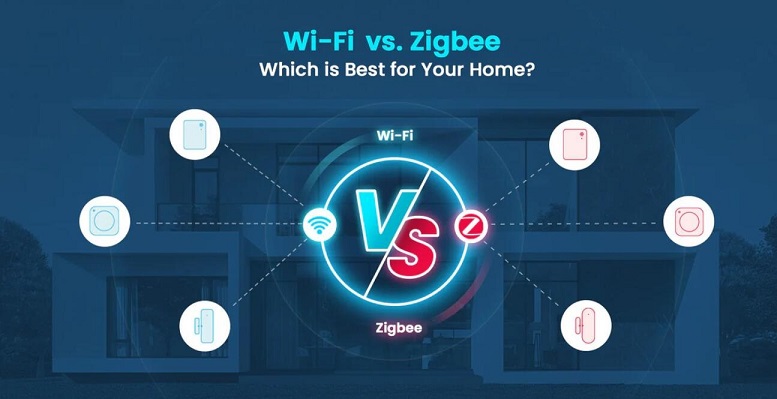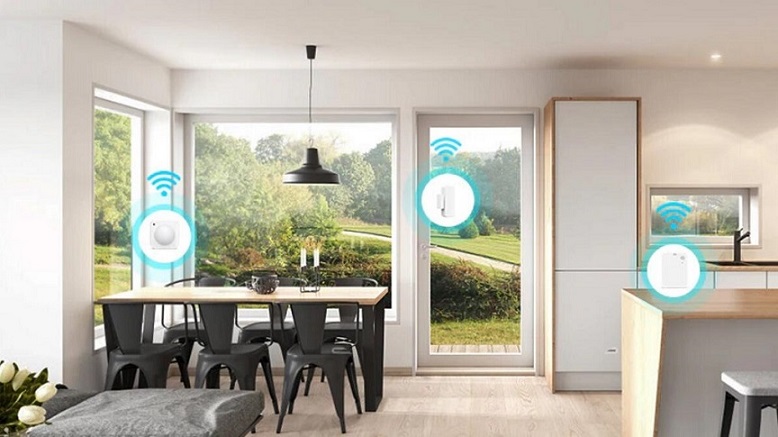SUPPORT
WiFi Device vs Zigbee Device - Which is Best for Your Smart Home

In the realm of smart home technology, WiFi and Zigbee are commonly used. Both types of switche are able to transform our living space into a responsive, intelligent environment, but in fact, they work differently to trigger smart home automations. What is the difference between wifi switch and zigbee switch? Now, we'll help you decide which switch is more suitable for building your smart home.
What is Zigbee Network
Zigbee is actually another dialect for certain devices to communicate with each other. Zigbee is a low-power wireless language designed specifically for smart homes and the Internet of Things (IoT). It also uses the 2.4GHz frequency but in a way that sips power rather than guzzles it. Zigbee's mesh network creates a robust, self-healing network that can span vast distances without weakening.
The Advantages and Disadvantages of WiFi Device
How do WiFi switch work? WIFI switch have direct connection to the network, therefore, no gateway or hub is required. Your existing WiFi router serves as the gateway.
Moreover, WiFi's higher bandwidth makes it a wise choice
for data-intensive tasks. We are so familiar with WiFi that we have less difficulty in setting up these wireless smart switch.
However, as you add more WiFi devices, you risk creating a traffic
jam on your network. Furthermore, WiFi signals can
struggle to penetrate the denser matter of walls and floors. A switch in
your basement might lose connection, if there is no strong WiFi network.
The Advantages and Disadvantages of Zigbee Device
The essential advantage of Zigbee lies in its mesh networking. Each switch is part of an interconnected system. If one switch is too far from the hub, it can relay its data through its neighbors, like a series of interstellar jumps. This means you can expand your network far beyond the range of a single hub, without worrying about signal strength.
Moreover, because Zigbee operates on different channels than WiFi, it slips through the digital noise unscathed. You can have hundreds of Zigbee devices without noticeably impacting your network's performance. It's like having a separate, low-traffic hyperlane for your smart home data.
Yet, Zigbee also has its drawbacks. The obvious one is the need for a hub. The hub is like a translator, taking Zigbee's whispers and converting them into WiFi's internet-ready shouts. Also, Zigbee's with a lower bandwidth. While more than adequate for switch data, it's not the go-to choice for high-data tasks.
Knowing Your Needs
So before making a right decision, you have to figure out what best fits to your smart home automation.
In conclusion, it’s you who knows your smart home needs best. With the deep understanding to WiFi and Zigbee Switchs’pros and cons, you might have answers to wisely select the best switch for your smart home.(Alex Carter)




